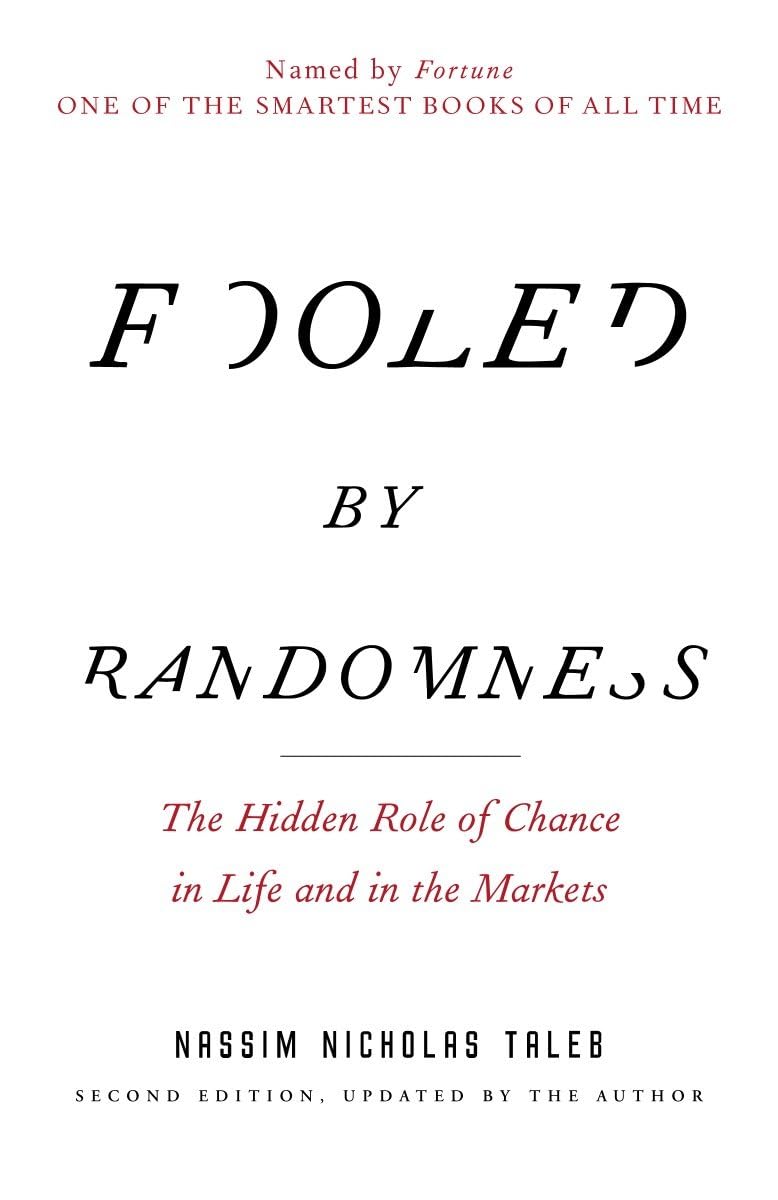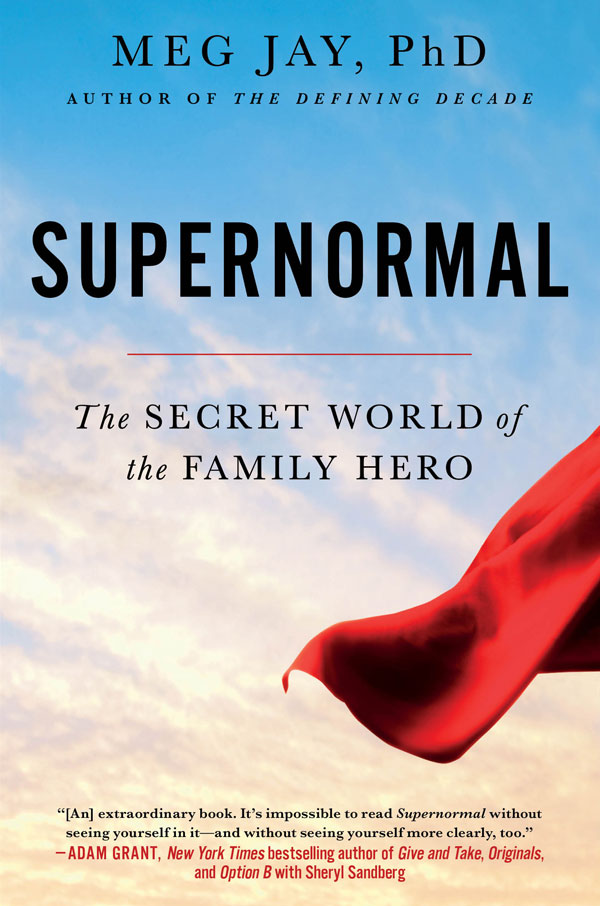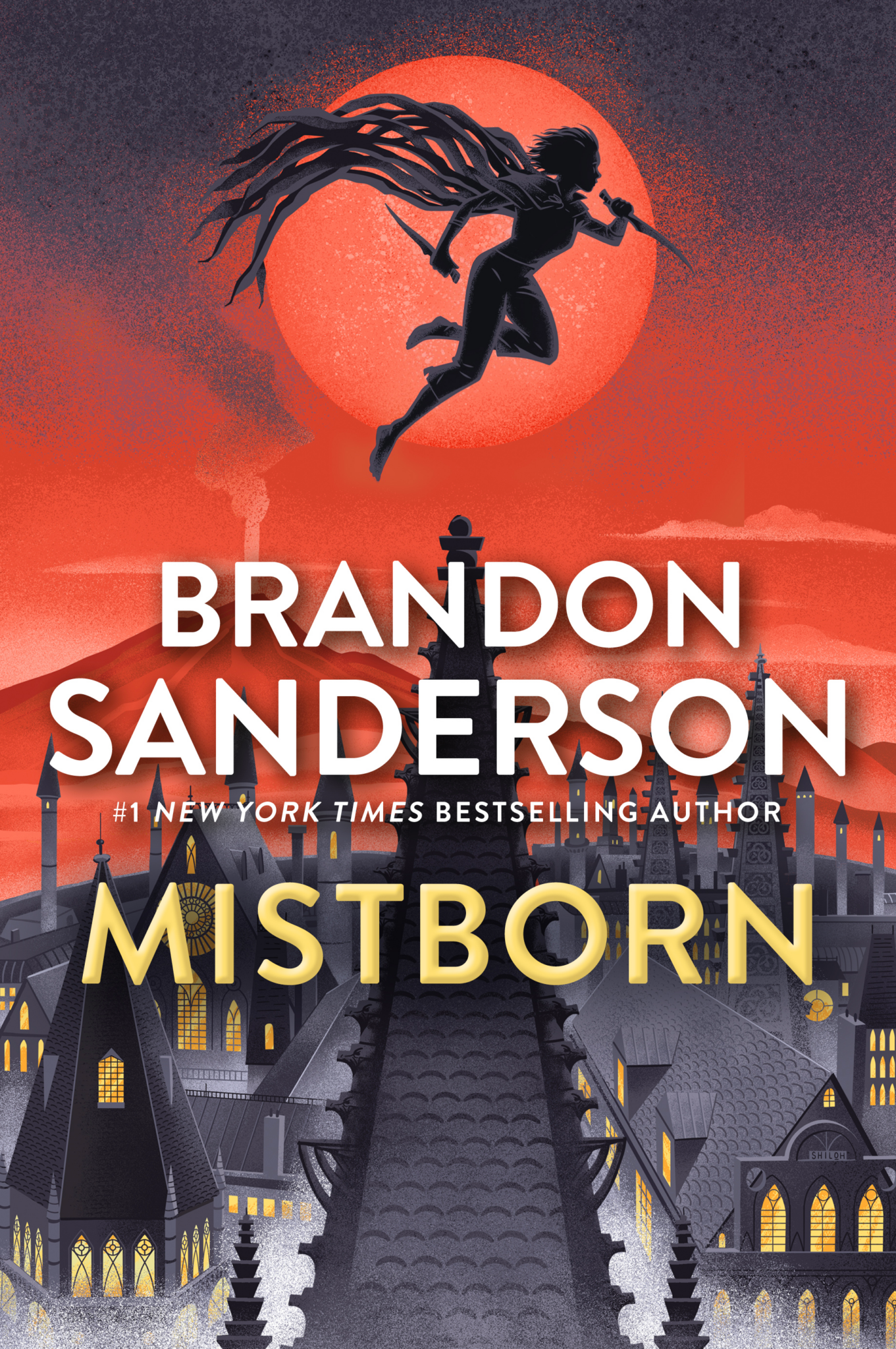Where does the (super)randomness begin and end? And do alchemists have new competition?
An annotated reading of the books I finished in June 2024.

Books Read in June 2024
- Fooled by Randomness
- Supernormal
- Mistborn
Is it stochasticity, or is it just me?
Nassim Taleb’s well-known book, Fooled by Randomness: The Hidden Role of Chance in Life and in the Markets, instills in its readers a sense of humility and perspective on how randomness should inform our decision making, letting it guide our choices of investments to make (or not make), careers to development, and (perhaps even) role models to aspire to be like. This book left me with the question, “How do we separate the signal (skill) from the noise (luck) in the modern era of work”? The only answer I can think of is for us to become more precise with how we define and measure productivity and valuable outputs, an idea introduced in Cal Newport’s recent book Slow Productivity: The Lost Art of Accomplishment without Burnout which is on my reading list for the near future.

Where are they now (and where were they then)?
A slightly different topic I explored this month is that of childhood adversity and its impact on the trajectory and tenor of one’s personal and professional life. A go-to book on this topic, in my view, is Supernormal by Meg Jay. This work explores the character traits and seasonalities of the life of a supernormal individual who has faced above-average difficulties in life, and how such individuals can learn to recognize and adapt their core beliefs about the unique opportunities that their past suffering presents.

Should alchemists switch careers?
The final book I finished reading in June 2024 represents the first entry of the highly-regarded Mistborn Saga by Brandon Sanderson, simply titled Mistborn, and the first great fantasy novel I’ve read in far too long. What’s great is, the book is fairly self-contained, so if you stop after reading this first entry in the series, you’ve still gotten the main gist of this (innovative) world’s mechanics and structure. However, for interested readers, Sanderson offers expanded world building and dynamics in its two follow-up novels.
The best way I can describe this book to others (when I’ve tried to explain it in ways any geek can understand) is this: Consider merging The Hunger Games and Fullmetal Alchemist, and out comes something half-like Mistborn. The other missing half of the equation comes from Sanderson’s clever allomancy mechanics and thoughtful character development, which truly make this novel (as the scientists say) an n=1 (pronounced n-of-one).

That’s all from me for now. Stay tuned.
Alex